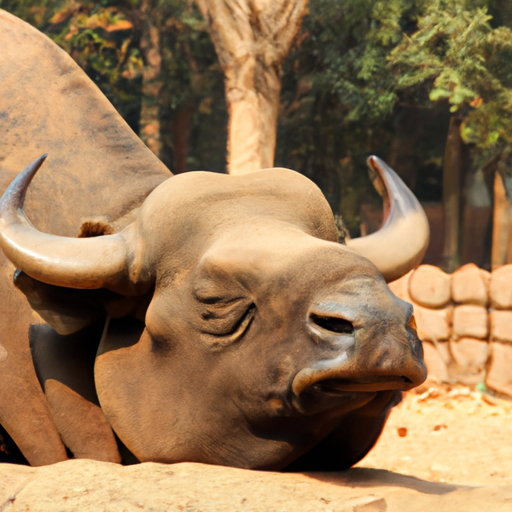 Introduction:
Introduction:
Dreaming is a fascinating aspect of human consciousness that has intrigued scientists, philosophers, and curious minds for centuries. But have you ever wondered if animals also experience this mysterious phenomenon? Do they have their own dreamscapes, where they chase imaginary prey or relive their daily adventures? In this extensive article, we will delve deep into the world of animal dreaming, examining scientific research, behavioral observations, and anecdotal evidence to answer the question: Do all animals dream?
Understanding Dreams:
To comprehend animal dreaming, it is crucial to first understand the nature of dreams themselves. Dreams are a product of our brains’ complex neural activity during the sleep cycle, particularly during Rapid Eye Movement (REM) sleep. During REM sleep, our brains exhibit heightened electrical activity, similar to when we are awake, while our bodies are temporarily paralyzed. Dreams are often vivid, imaginative, and may incorporate elements of both reality and fiction.
Scientific Research:
Various scientific studies have shed light on the dreaming phenomena in animals. One such study conducted on rats by Matthew Wilson and his team at MIT demonstrated that rats exhibit similar neural patterns during sleep as when they navigate a maze. This finding suggests that rats may be reenacting their experiences, indicating the possibility of dreaming.
Further research on other animals, including cats, dogs, and birds, has supported the notion of animal dreaming. Cats exhibit twitching, paw movements, and vocalizations during sleep, reminiscent of hunting behavior. Similarly, dogs often display muscle twitches, growling, and wagging tails during sleep, signifying dream-like experiences. Birds, known for their remarkable cognitive abilities, have also been observed exhibiting behaviors during sleep that mirror their waking experiences.
Behavioral Observations:
While scientific research provides valuable insights, behavioral observations of animals during sleep offer additional clues regarding their dream-like experiences. For example, pet owners often report observing their dogs or cats twitching, pawing, or making noises while asleep. These actions suggest that animals are engaged in some form of dream activity, possibly related to their daily activities or instinctual behaviors.
Furthermore, certain animals exhibit sleep behavior that is strikingly similar to humans. For instance, dolphins and whales, known for their complex social structures and intelligence, sleep with only half of their brain at a time. This unique sleep pattern, called unihemispheric sleep, suggests that these marine mammals may experience dreams during their sleep cycles.
Anecdotal Evidence:
While anecdotal evidence should always be approached with caution, it can provide intriguing insights into animal dreaming experiences. Many pet owners have shared stories of their dogs or cats seemingly reacting to dream-like scenarios. Dogs may bark, growl, or wag their tails while asleep, suggesting they may be chasing imaginary creatures or playing with familiar companions. Cats may make pawing or kneading motions while asleep, reminiscent of their hunting instincts.
Beyond domesticated animals, anecdotal evidence also exists for wild animals experiencing dreams. Primates, such as chimpanzees and gorillas, have been observed exhibiting movements and vocalizations during sleep that resemble their waking behaviors. This evidence implies that even in the wild, animals may engage in dream-like activities.
The Evolutionary Significance:
Understanding animal dreaming also raises questions about its evolutionary significance. Dreams could serve various purposes, such as memory consolidation, emotional processing, or rehearsal of survival skills. For example, animals that rely on hunting for sustenance may dream about chasing prey, enhancing their predatory abilities. Additionally, dreams may contribute to social bonding and communication among animals, aiding in the development and maintenance of relationships.
Conclusion:
While the study of animal dreaming is complex and multifaceted, evidence from scientific research, behavioral observations, and anecdotal reports suggests that animals do indeed dream. From rats to dolphins, cats to primates, a wide range of animals exhibits behaviors during sleep that resemble dream-like experiences. Understanding animal dreams not only expands our knowledge of animal cognition but also highlights the shared aspects of consciousness across species. Further research in this field will undoubtedly unravel more mysteries surrounding the world of animal dreaming, providing us with fascinating insights into the animal kingdom’s inner lives.
